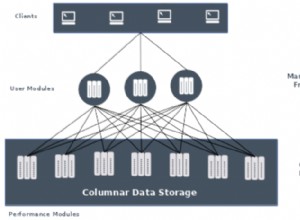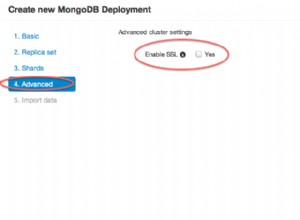Hai completato la parte di download.
Per la parte di caricamento, vedere Come trasferire Pandas DataFrame in .csv su SFTP utilizzando Paramiko Library in Python? – Anche se è per Paramiko, pysftp Connection.open metodo
si comporta in modo identico a Paramiko SFTPClient.open
, quindi il codice è lo stesso.
Il codice completo può essere come:
with sftp.open("/remote/path/data.csv", "r+", bufsize=32768) as f:
# Download CSV contents from SFTP to memory
df = pd.read_csv(f)
# Modify as you need (just an example)
df.at[0, 'Name'] = 'changed'
# Upload the in-memory data back to SFTP
f.seek(0)
df.to_csv(f, index=False)
# Truncate the remote file in case the new version of the contents is smaller
f.truncate(f.tell())
Quanto sopra aggiorna lo stesso file. Se vuoi caricare su un file diverso, usa questo:
# Download CSV contents from SFTP to memory
with sftp.open("/remote/path/source.csv", "r") as f:
df = pd.read_csv(f)
# Modify as you need (just an example)
df.at[0, 'Name'] = 'changed'
# Upload the in-memory data back to SFTP
with sftp.open("/remote/path/target.csv", "w", bufsize=32768) as f:
df.to_csv(f, index=False)
Ai fini di bufsize , vedi:
La scrittura su un file sul server SFTP aperto utilizzando il metodo pysftp "open" è lenta
Avviso obbligatorio:non impostare cnopts.hostkeys = None , a meno che non ti interessi la sicurezza. Per la soluzione corretta, vedere Verifica chiave host con pysftp
.




